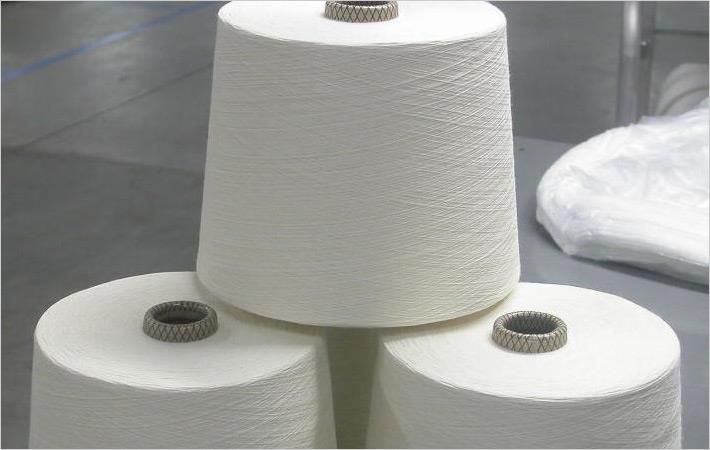Restore MEIS & IES benefits for cotton yarn: CITI to govt

Indian cotton yarn exports are struggling due to various policy lapses, said CITI chairman Sanjay K Jain in a press release. “There is an urgent need to restore the MEIS and IES benefits for cotton yarn immediately. There are no reasons why other segments in the textile value chain should get this benefit including MMF yarn while cotton yarn should not get the same.”
He pointed out that Indian spinning mills performed well in exports during 2013-14 taking advantage of the 2 per cent incremental export incentive, 2 per cent interest subvention and 3 per cent focus market incentive and achieved a record export of around $4,555 million of yarn. However, in 2014, the benefits of export incentives provided to cotton yarn were withdrawn due to some inexplicable reasons. During the year 2016-17, the cotton yarn export was only around $3,352 million, registering a decline of 26 per cent. This is despite adding over 3 million spindles and 62,000 rotors spinning capacity during the same period.
Jain further stated that India is today exporting more than 60 lakh bales of cotton every year i.e. about 20 per cent of the total cotton production. “Exporting of raw cotton bales instead of value addition by converting to yarn is leading to loss of valuable foreign exchange, employment and better remuneration to farmers.”
“When export benefits such as MEIS and IES were introduced …, every other segment in the textile value chain including MMF spun yarn were provided with the benefits while cotton yarn was not considered. This policy decision has adversely affected cotton yarn exports to China, the largest importer of cotton yarn,” Jain said in the release.
During the last few years, China has shifted from India to Vietnam/Indonesia as they have duty free access while Indian yarn carries 3.5 per cent import duty. From 2013-14 to 2016-17, there has been a decline in India’s cotton yarn exports to China by 42 per cent while exports from Vietnam and Indonesia have increased at a remarkable rate of 83 per cent and 14 per cent respectively in the same period.
He added that profit margin in the yarn industry are thin and profits are made with volumes. “Withdrawal of the export incentives for cotton yarn has reduced our competitive edge by increasing our prices to the tune of 5 to 6 per cent. Many old textile mills have been shut down while new capacities are coming up at the cost of tax payer’s money. Over the last five years, spinning EBITDA margins have decreased at an alarming rate of 21 per cent per annum.”
Cotton being a seasonable commodity available for four months, 3 per cent IES benefit is essential to maintain six to nine months cotton inventory and also to ensure consistency in quality of yarn supplied, at a lower interest cost. Interest rate in India ranges between 10 per cent and 12.5 per cent while interest rate in competing nations ranges much lower between 4 per cent and 6 per cent. (RKS)
Fibre2Fashion News Desk – India
































-Ltd..jpg?tr=w-120,h-60,c-at_max,cm-pad_resize,bg-ffffff)





.jpg?tr=w-120,h-60,c-at_max,cm-pad_resize,bg-ffffff)
.jpg?tr=w-120,h-60,c-at_max,cm-pad_resize,bg-ffffff)






